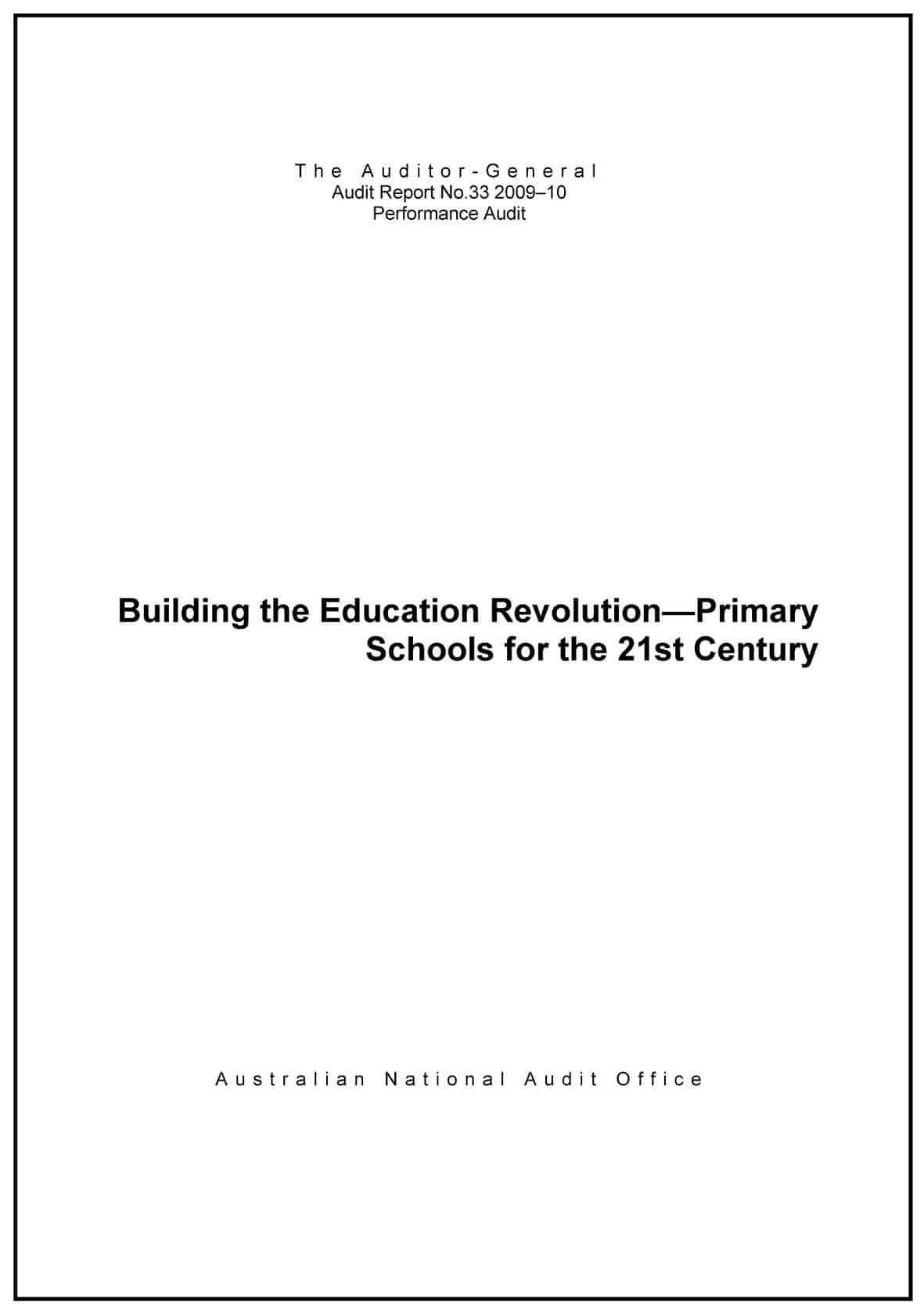The recent release of a new book on Operation Mincemeat has again raised the term “yesmanship” in the media. Online definitions explain the term as
“An atmosphere in which people claim to agree with leadership for political reasons, even when they don’t actually agree with leadership” .
The significance of the term in relation to the current trend of “safety culture” should not be underestimated. Below are some definitions of safety culture that illustrate the similarities to or risk from yesmanship.
“The product of individual and group values, attitudes, perceptions, competencies, and patterns of behaviour that determine the commitment to, and the style and proficiency of, an organization’s health and safety management” Continue reading “Yesmanship – the biggest threat to safety culture”





